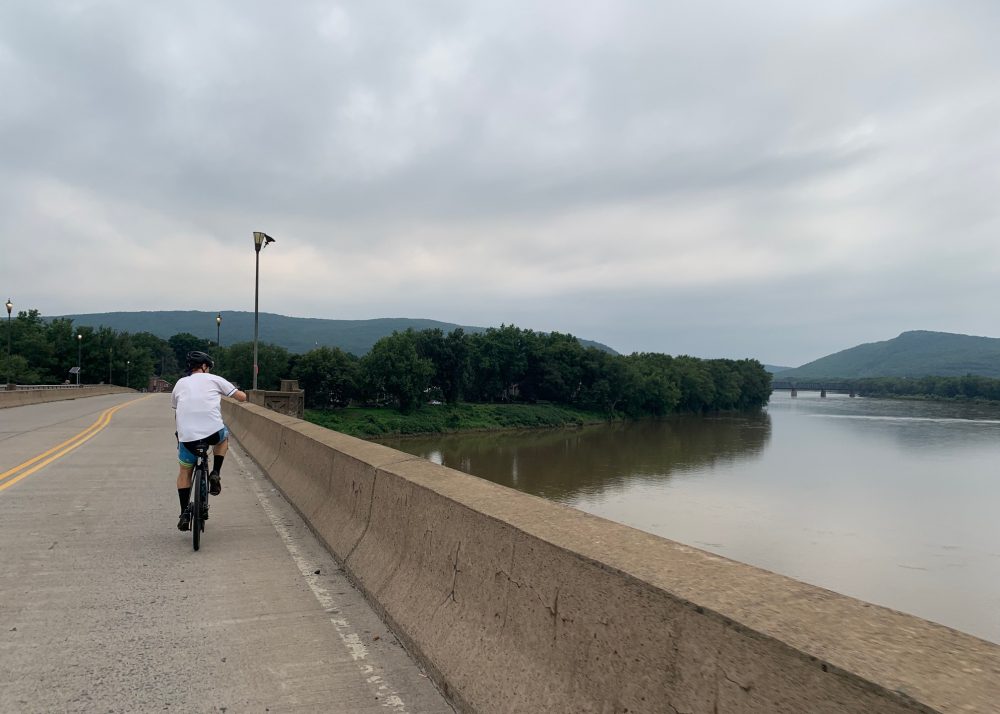
W
hen you discover someone taking on a challenge that pushes the bounds of human potential and reason, there are two ways to react: You can (correctly) identify it as crazy, or you can (correctly) identify it as crazy, then ask where you can sign up.
That’s how I found myself peddling, barely, on the side of a Pennsylvania highway, considering how a belly full of chicken parmigiana would taste coming back the other way. I’m here because Jake Mintz, half of the popular baseball Twitter account Cespedes Family BBQ, is here. Jake’s here because he’s riding his bike from New York to Chicago, 1,200 miles over the course of 14 days, with no days off, nearly every ride ending at a ballpark where a game is being played.
The parallels were too perfect to pass up. This particular ride, from Scranton to Williamsport, started just minutes from the airport I would fly into every summer and every other winter throughout my childhood to see my dad. It finished in Williamsport, where he and I had gone one year to watch the Little League World Series title game, only to have the skies open up and a torrential rainstorm send us running for cover in the first inning. The most direct route actually would have taken us straight past my dad’s roadside BBQ restaurant, which my great grandfather opened 95 years ago.
There’s also the family tie to the ride itself. Jake’s dad, Richard, is an avid cyclist who is along for the first few legs of the ride before meeting friends in Pittsburgh to ride back to the D.C. area.
“You can edit me out,” says the elder Mintz, but of course I can’t. Especially considering what his son says in the Hampton Inn parking lot in Scranton as we get ready to push off, 86 miles and nearly 6,000 feet of climbing in front of us.
“He’s the reason I’m here.”
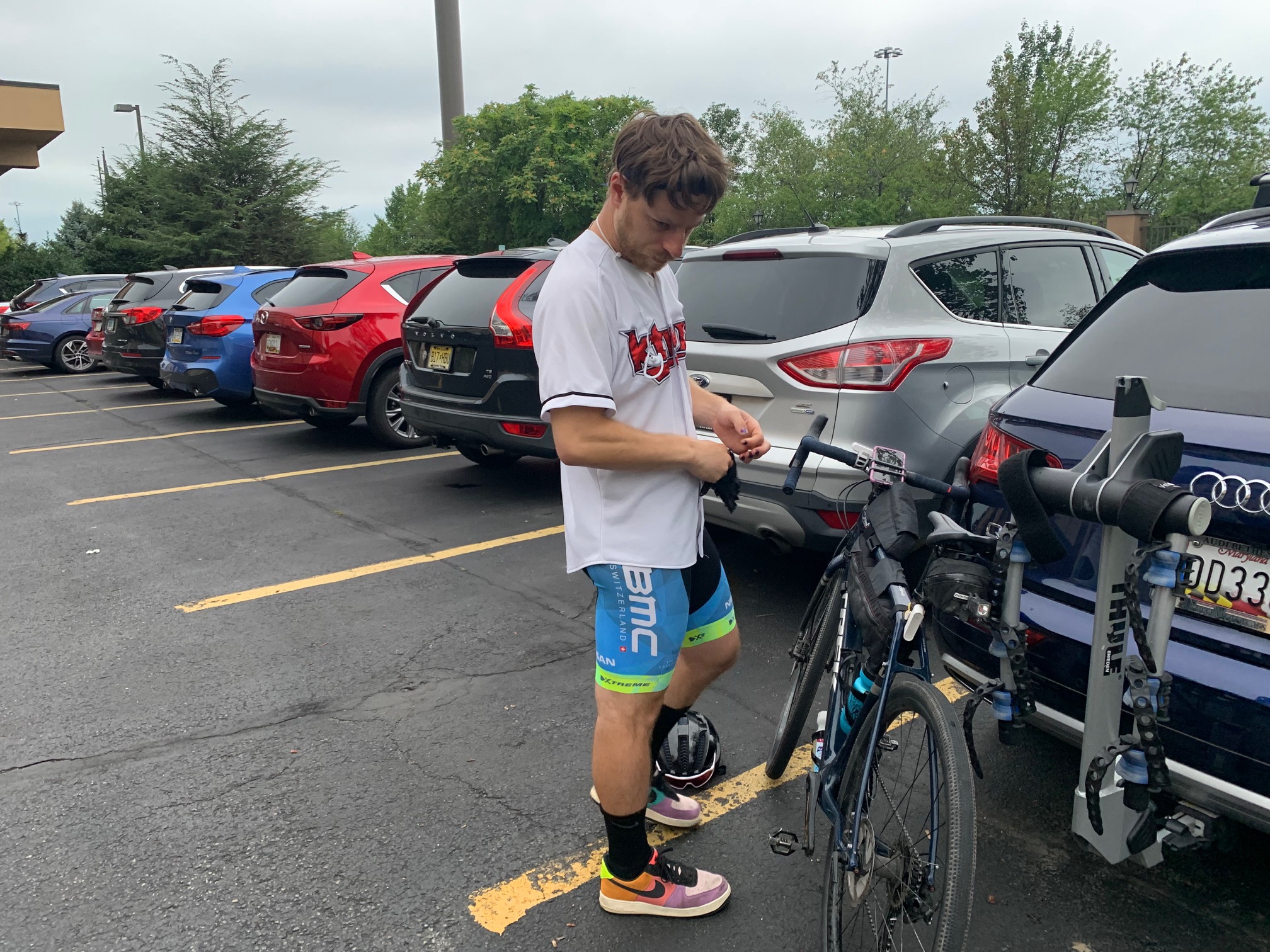
It’s particularly ironic that this whole thing started from a bet.
“We don’t gamble on sports, we don’t do any of that,” says Jordan Shusterman, Mintz’s best friend and the other half of Cespedes Family BBQ, who is driving the route in what amounts to a support car, available in case of emergency. “We haven’t really been stunt people, in particular.”
In fact, that whole side of the game is generally repellent to both of them.
“What I’ve realized that I like about baseball is highlighting the stories, and I think sports gambling is, in a way, the opposite of the story of the person,” says Mintz. “I don’t want to view it through that lens. I don’t want it to be a bunch of data points.”
Last October, Mintz was so certain that the Chicago White Sox wouldn’t hire Tony LaRussa to be their next manager that he proclaimed he would walk from New York to The Windy City if it happened. However impractical the hire might have seemed, it happened. But the logistics of actually walking clear across to the midwest to pay off the bet made even less sense. Instead, Mintz figured he could get it done on his bike.
Originally, the more impulsive Mintz wanted to just knock the ride out last fall, with almost no prep, almost spur of the moment. Shusterman talked him out of it. Everything made more sense with more ties back to baseball, to both the game and its larger moment.
“We’re going to a minor league baseball game every day which, in and of itself, is interesting in any year,” says Mintz. “We’re going to minor league baseball in 2021 after a lost season due to the pandemic and after the 42 teams that got contracted, or unaffiliated. We’re going across the country in a very interesting time in our country, for a variety of reasons.”
This particular stretch of the trip winds through many of those towns where I played mini-golf, or went to drive-in movies, or tried to fend off brain freeze while eating blizzards on muggy, summer afternoons. Spending the rest of my childhood in the far more diverse and unabashedly liberal San Francisco Bay Area, the homogeneity of this place stuck out, but it never struck me as particularly conservative. Luzerne County, through which most of the first half of the ride travels, has long been seen as a state political bellwether, voting in line with the candidate the state as a whole chose every election from 1936 until 2020. Despite a strong Democratic lean in voter registration (50 percent, to 37 percent Republican as of 2019), we pass plenty of signs endorsing our former president and not a single one supporting our current one.
That cultural divide seems to cut through every conversation these days, and the bet that set this all in motion was no different. The White Sox hiring LaRussa was a move Mintz didn’t just believe was impossible, but one he vehemently disagreed with. That remains true now, 30 miles into the ride, over a skillet of eggs at a diner in Pike’s Creek, Pennsylvania—replete with a cardboard cutout of our last President, suited up and smiling, behind the bar—despite the team’s success. It’s the kind of view he wouldn’t have been able to so freely express back when he and Shusterman were working for MLB Advanced Media. Same goes for the next part.
“I think my job as a baseball talker, person, thing-maker is to highlight to people that baseball is more than just the major leagues,” he says. “Obviously that’s always going to be the top and that’s always going to have the biggest footprint, but showing people that there’s other good baseball and that you can be a baseball fan and not just a major leagues fan.”
That, as it turns out, is one of the major motivating forces behind the trip. On this particular Sunday, not only will we visit the home of the Little League World Series, but we’ll finish across the river at Muncy Bank Ballpark, home of the Williamsport Crosscutters, one of the 42 former minor league teams now designated as something adjacent to the existing structures of the game.
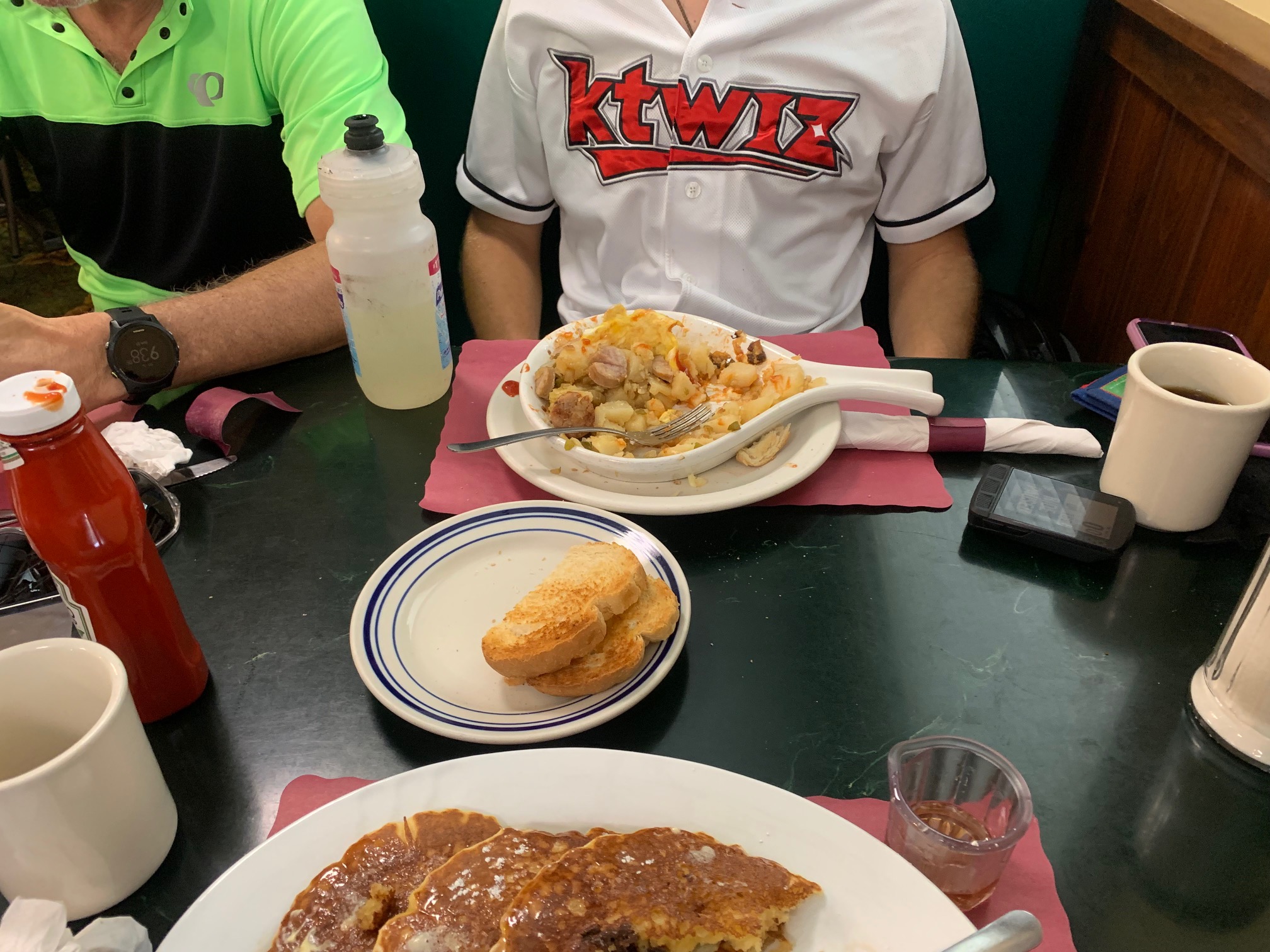
Built in 1926, Bowman Field (now Muncy Bank Ballpark) was the second-oldest ballpark in the affiliated minors. It was the site of the infamous potato incident, about which I encourage you to read in full. More recently, it was also home to a major renovation, at the behest of MLB, to host the 2017 Little League Classic matchup between the Pittsburgh Pirates and St. Louis Cardinals. Save for last year, during the pandemic, that tradition has continued. But despite the money sunk into the facility, despite the unique baseball history in which the town is steeped, despite the plans for the Cleveland Guardians and Los Angeles Angels to play there in a few weeks’ time, it all wasn’t enough to keep Williamsport from being one of the 42 cities to lose its affiliated minor league team.
There are stops of all sorts on this trip, from big league games in Pittsburgh and Detroit to minor league and even independent league games. Day 1 ended in Somerset, New Jersey, home of the formerly-independent Patriots who are now enjoying their unexpected, new Yankees affiliation.
“All the loyal fans that were always coming out to Patriots games that just care about the Patriots are coming out, and now you’re adding all the Yankees prospect psychos who want to watch Luis Medina,” said Shusterman.
The trade-off, of course, is that necessarily means all those prospect psychos are no longer showing up in Williamsport, or any other city that is no longer part of the affiliated minors. Though they’ve had it better than some places—at least there’s still baseball, and at least it’s ingrained enough in the culture that people are still coming out to watch the Draft League.
“For so many fans, they just want to go to a baseball game and have a good time, no matter who is on the field,” said Shusterman. “But you know there are towns that have had it completely ripped away, and there’s no excuse for that.”
Mintz and Shusterman’s own structural connection to the sport has also changed over the years. After being hired by MLBAM out of college, they now have a podcast over at The Ringer and produce various multimedia content for Fox Sports. They’ve become less focused on the daily happenings in the big leagues. Mintz even forces himself to take a full day a week completely away from baseball.
With more than 122,000 followers, their Twitter account has many times the reach of those of the teams they’re promoting along the way. But they’re also genuinely more interested in what baseball can be away from the bright lights of the big leagues.
“I haven’t been to Yankee Stadium this year, and I can walk from my apartment,” says Mintz. “I biked to Scranton first.”
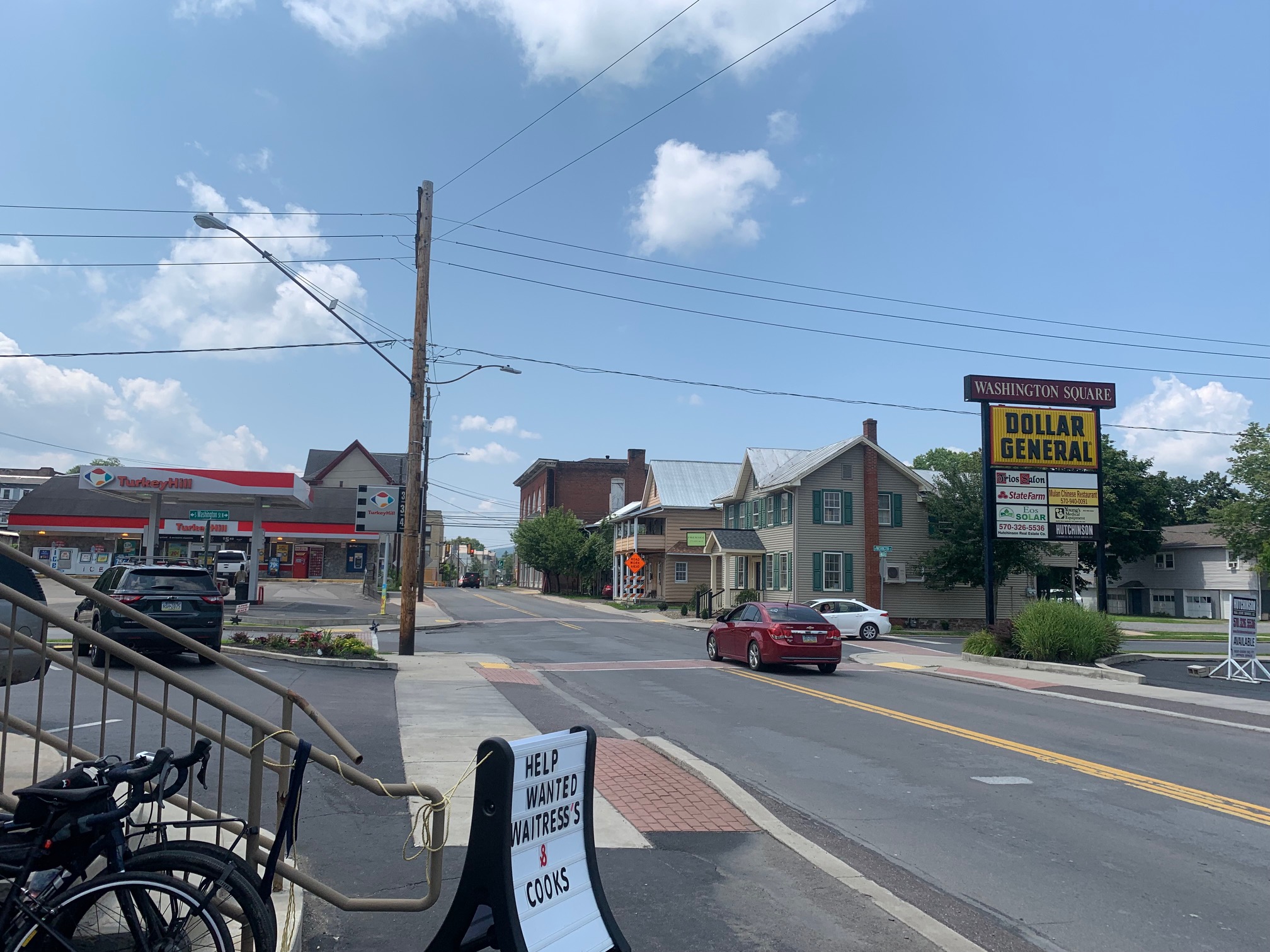
The further from the game’s center of power, the more teams have been able to be expressive, to cut against the ideas of what baseball is and can be. As much as baseball has been “on a tape delay,” as Mintz puts it, in adapting its marketing to attract the next generation, maybe there’s something to the actual changes in the way the game is played on the fringes of the sport.
“The Savannah Bananas come to mind,” says Mintz. “Winter ball comes to mind.”
This is where, perhaps, baseball should take note of what’s happening in cycling, another sport with high barriers for entry, with certain levels of gatekeeping and a largely white, aging demographic.
As many did during the pandemic, Mintz rediscovered cycling, first through the Tour de France and its neighborly counterpart, the Giro d’Italia last fall. Then, he started branching out. Just as baseball is far greater and more expansive than MLB, so is cycling than the Tour, and the top level professional racing circuit. In recent years, some of the sport’s best riders have made attempts to redefine what it’s all about.
“I got really into watching these adventure cycling videos,” said Mintz. “I love it as entertainment and I love it as a north star. You just keep peddling. There’s something very fun about that.”
Lachlan Morton has become something of the face of this movement. A tour pro, he decided, along with members of the only American-based top level pro team, to start riding an alternative calendar in 2019. But Morton lives in a class of his own. Mintz mentions his GBDuro ride—2,000 kilometers from Land’s End at the bottom of the UK to John O’Groats at the top, over roads, gravel, dirt, fields, whatever—as one of his inspirations.
This summer, rather than ride the Tour competitively like everyone else, Morton took on the entire route alone, unsupported, including all the transfers. That meant not only no drafting off the pack, but riding with all his gear, including a sleeping bag and a portable gas stove to cook all his meals. It meant no mechanics, no support staff, no massages at the end of the day, and no hotel rooms. In all, it meant more than 3,400 miles and nearly 220,000 feet of climbing. He beat the race itself to Paris by five days.
Crucially, he also raised enough money to donate more than 4,200 bikes through World Bicycle Relief. Mintz tried to channel the same charitable energy into his ride, to make it more than a self-indulgence. He set out with a goal of raising $15,000 for Lost Boyz Inc., which supports baseball and softball programs for underserved kids on Chicago’s South Side. He’s blown past $20,000 in the closing days of the ride.
“It’s more than the money,” he says. “It’s about knowing people in the community, about having people on the ground who know the lay of the land.”
Mintz believes that’s the approach MLB needs to take as well toward the future of the game. While he cites the recent $150 million donation to The Players Alliance as a great step in the right direction, he believes it will require continued trust in partners who understand the grassroots challenges better than anyone in the Commissioner’s Office ever could.
“What MLB can do is just give money, power, resources to the people who are already involved in those communities who have a feel for what’s going on,” he says.
Pulling into the town of Muncy, just days after the Oakland A’s have drafted a man named Max Muncy for the second time in a decade, Mintz is busy giving live shoutouts to those who have donated to his own effort.
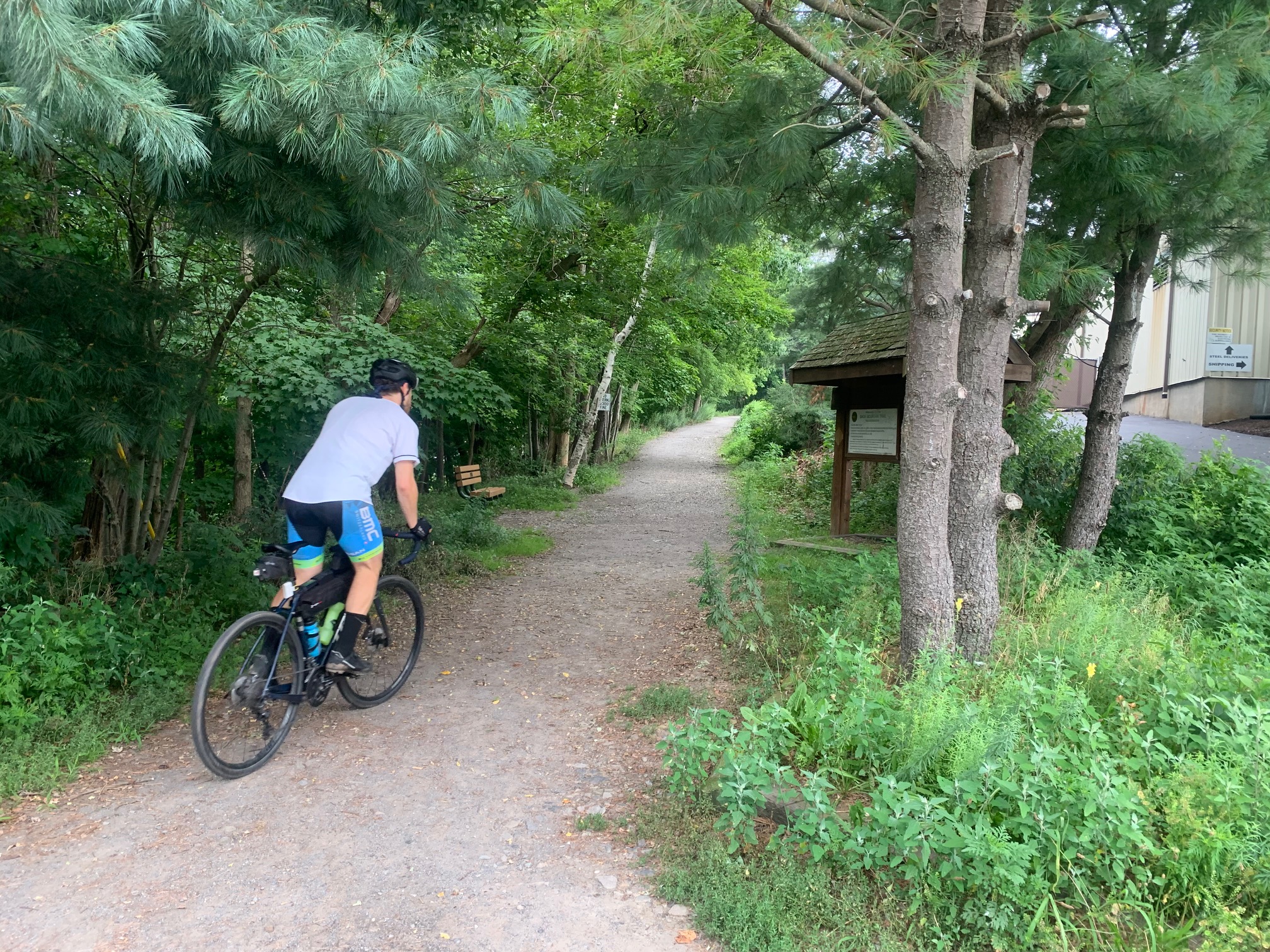
It’s important that you understand that everything that happens next is both unintentional and true.
We finally emerge from a lunch of oversized chicken and eggplant parmigiana sandwiches ready to finish off the final 15 miles, hit the Little League World Series site, then pull into the ballpark with time to spare. There’s just one rather large issue—the lock, to which all three bikes are bound together, is jammed. It won’t open. There are no good workarounds. Marty’s bicycle shop—the only bike shop we’ve seen all trip, which we passed on the way into town—is closed on Sundays.
We find a Dollar General around the corner, at which Jake procures an $8 pair of garden shears. But the lock’s hard rubber casing and Kevlar-wrapped steel interior is proving to be too stubborn to cut. After some stressful moments of problem-solving, a well-balanced strike clips the steel, and we know it’s only a matter of time before we can chew through the Kevlar.
We’re blissfully free, the comedy of errors averted. But very suddenly, we’re no longer on a timeless ride.
The delays have pushed us up against the clock and Mintz’s 4:35 p.m. on-field interview before a 5:05 first pitch. The game must go on, with or without us. Jake flies ahead out of Muncy. Already pushing more watts than I can comfortably hold for the final 15 miles, the chicken parm is now cratering a hole in the right side of my guts.
So while I’ve been dancing my way up and down the mountains of rural Pennsylvania all afternoon, when I suddenly need that extra gear, this is the moment that I remember that Mintz is 25 and I’m thirty-(redacted). Just like baseball, cycling is still a young man’s game at the top end of the sport. Many of the best riders, the international superstars, are in their early and mid-20s. There are only a few veterans older than thirty-(redacted) still competing at the highest level. The back-to-back Tour champion is just 22.
There are moments in the most torturous stages of the Tour de France when some of the best riders in the world crack. One minute, they look great. The next, they’re done. Popped. Watching at home, you want to scream at the TV, to tell them to just get back on the wheel of the guy in front of them, that all it takes is a little more effort. Until you’ve been there, that is, dying a million deaths up the side of Interstate 15, big rigs flying by, the needle for your personal gas tank resting, lifeless, on E.
I tell Jake to go ahead. Just as this whole journey’s not really about him, this day is most certainly not about me. He makes it in time, just barely. I take my time, finally cresting the summit, knifing down the back side of the mountain at nearly 50 miles an hour before pulling into the back of Howard J. Lamade Stadium, the home of Little League almost unrecognizable from my youth as it sparkles in the brilliant sunshine.
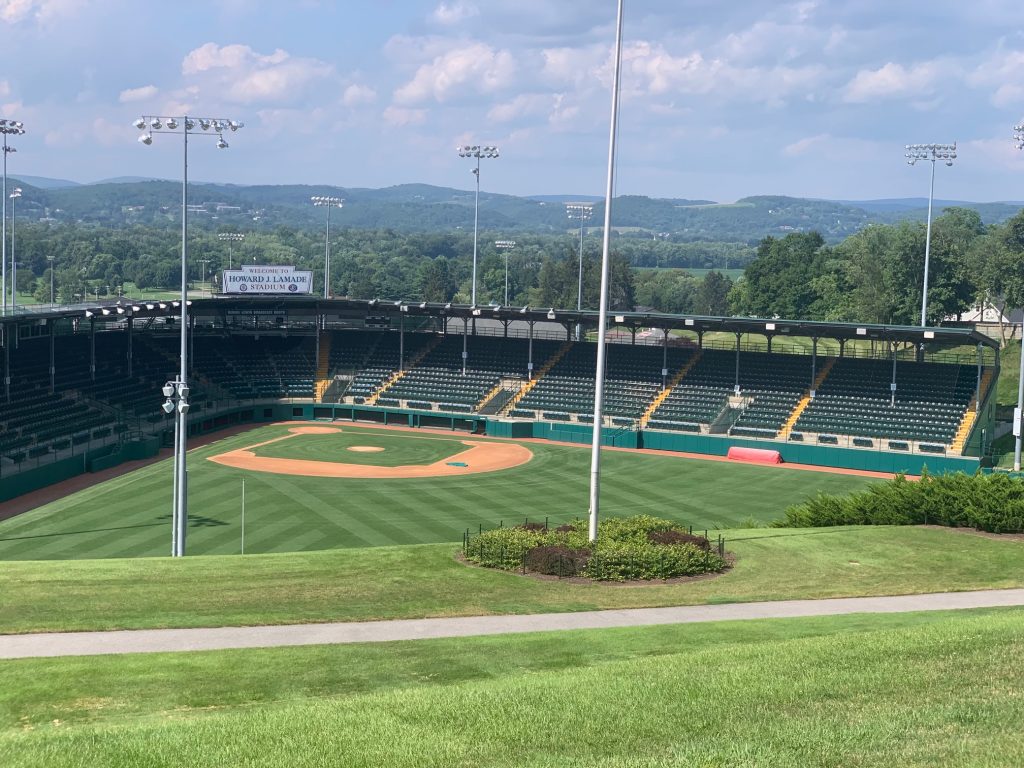
I ease into town, take a wrong turn and find myself lost down a ravine, but catch a sign for, of all things, a bike path. Freshly paved, riding the ridge of a levee, it almost feels like a dream, something you expect to have back in New York or D.C., but not here. It follows the Susquahana, the river around which all the towns we’ve ridden through popped up, which sporadically floods them and forces them to lift themselves up and start over again. After crossing the river and turning down Third Street, the path picks up again, incredibly, right past the original Little League field and around a bend, straight to Muncy Bank Ballpark, as families are streaming in for that night’s Crosscutters game.
And that’s the whole trip, in a nutshell. At the end of the day, the trail leads you somewhere new that you’ve never been before, but with all the familiar sights and sounds and smells. Like every summer night, all across America, there is baseball. It’s somehow a completely different journey than the one Jake just took, despite following the same route nearly the entire way. And it’s all entirely accidental and unplanned and perfect.
I don’t even end up staying for the game itself, just a quick goodbye after a couple bottles of water, as my dad pulls in to pick me up. As spent as I am, I can’t help feel a bit wistful that I’m not along for more of the journey. While Jake seems genuinely appreciative of having had the company, his words from earlier stick out.
“I really like being alone,” he said, explaining looking forward to the rest of the adventure. “It’s gonna suck and it’s gonna hurt, but it’s always kind of something I’ve wanted to do.”
As my dad and I leave Williamsport again, the sky opens up and unleashes a massive storm, just like the one that chased us under a trailer however many years earlier. It doesn’t matter that we didn’t stay for the game, or even whether that particular game gets played that night. What’s important is that it will be there again tomorrow, and every night that we need it to be in the future.
All pictures courtesy Noah Frank
Thank you for reading
This is a free article. If you enjoyed it, consider subscribing to Baseball Prospectus. Subscriptions support ongoing public baseball research and analysis in an increasingly proprietary environment.
Subscribe now